Depending on who you ask, we’re in the midst of an AI bubble or an AI boom. OpenAI (OPAI.PVT), a company that hasn’t turned a profit, is spending billions building out data centers to power its artificial intelligence offerings.
On Monday, the company inked a multiyear, multibillion-dollar deal with AMD (AMD) that will see the chipmaker provide next-generation GPUs to OpenAI, which will also have the opportunity to purchase up to 10% of the company. Nvidia (NVDA), in turn, is pouring $100 billion into OpenAI, which is also a major customer.
Meanwhile, tech giants Amazon (AMZN), Google (GOOG, GOOGL), Meta (META), and Microsoft (MSFT) continue to spend billions on their own AI data centers. Then there’s the $40 billion Oracle (ORCL) is spending on Nvidia chips to power OpenAI’s Project Stargate, the Financial Times reported in May.
It all makes for a rather confusing array of deals and moves that continue to raise questions about when exactly all of this spending will turn into profits, not to mention the specter of the dot-com crash of the early 2000s.
But even if the AI hype cycle plays out like the dot-com bubble, a good amount of that investment in AI infrastructure will still pay off, at least in the long run.
“I actually do believe that there is significant long-term demand,” Ram Bala, associate professor of business analytics at the Leavey School of Business at Santa Clara University, told Yahoo Finance.
“I think it’s definitely going to pan out. The macroeconomic challenge is … there’s probably going to be this intermediate phase where it seems like we overbuilt a lot of this and demand isn’t quite catching up to all of that.”
Fears of an AI bubble have been percolating for months as AI stock prices and corporate valuations have continued to soar. Nvidia, the world’s AI chip leader, has a market capitalization north of $4.5 trillion. On top of that, OpenAI is now valued at $500 billion, more than Elon Musk’s SpaceX (SPAX.PVT), which is valued at $400 billion.
The explosion in AI interest and the promise of future riches have also sent Microsoft and Google’s valuations above the $3 trillion mark, with Microsoft quickly closing in on $4 trillion.
It’s enough to raise the hair on anyone’s neck.
Amazon founder Jeff Bezos last week said that we’re likely witnessing an AI bubble during a discussion at Italian Tech Week, but he added that some of those investments will eventually pay off.
“When people get very excited, as they are today, about artificial intelligence, for example … every experiment gets funded, every company gets funded,” Bezos said. “The good ideas and the bad ideas. And investors have a hard time in the middle of this excitement, distinguishing between the good ideas and bad ideas.”
Depending on who you ask, we’re in the midst of an AI bubble or an AI boom. OpenAI (OPAI.PVT), a company that hasn’t turned a profit, is spending billions building out data centers to power its artificial intelligence offerings.
On Monday, the company inked a multiyear, multibillion-dollar deal with AMD (AMD) that will see the chipmaker provide next-generation GPUs to OpenAI, which will also have the opportunity to purchase up to 10% of the company. Nvidia (NVDA), in turn, is pouring $100 billion into OpenAI, which is also a major customer.
Meanwhile, tech giants Amazon (AMZN), Google (GOOG, GOOGL), Meta (META), and Microsoft (MSFT) continue to spend billions on their own AI data centers. Then there’s the $40 billion Oracle (ORCL) is spending on Nvidia chips to power OpenAI’s Project Stargate, the Financial Times reported in May.
It all makes for a rather confusing array of deals and moves that continue to raise questions about when exactly all of this spending will turn into profits, not to mention the specter of the dot-com crash of the early 2000s.
But even if the AI hype cycle plays out like the dot-com bubble, a good amount of that investment in AI infrastructure will still pay off, at least in the long run.
“I actually do believe that there is significant long-term demand,” Ram Bala, associate professor of business analytics at the Leavey School of Business at Santa Clara University, told Yahoo Finance.
“I think it’s definitely going to pan out. The macroeconomic challenge is … there’s probably going to be this intermediate phase where it seems like we overbuilt a lot of this and demand isn’t quite catching up to all of that.”
Fears of an AI bubble have been percolating for months as AI stock prices and corporate valuations have continued to soar. Nvidia, the world’s AI chip leader, has a market capitalization north of $4.5 trillion. On top of that, OpenAI is now valued at $500 billion, more than Elon Musk’s SpaceX (SPAX.PVT), which is valued at $400 billion.
The explosion in AI interest and the promise of future riches have also sent Microsoft and Google’s valuations above the $3 trillion mark, with Microsoft quickly closing in on $4 trillion.
It’s enough to raise the hair on anyone’s neck.
Amazon founder Jeff Bezos last week said that we’re likely witnessing an AI bubble during a discussion at Italian Tech Week, but he added that some of those investments will eventually pay off.
“When people get very excited, as they are today, about artificial intelligence, for example … every experiment gets funded, every company gets funded,” Bezos said. “The good ideas and the bad ideas. And investors have a hard time in the middle of this excitement, distinguishing between the good ideas and bad ideas.”

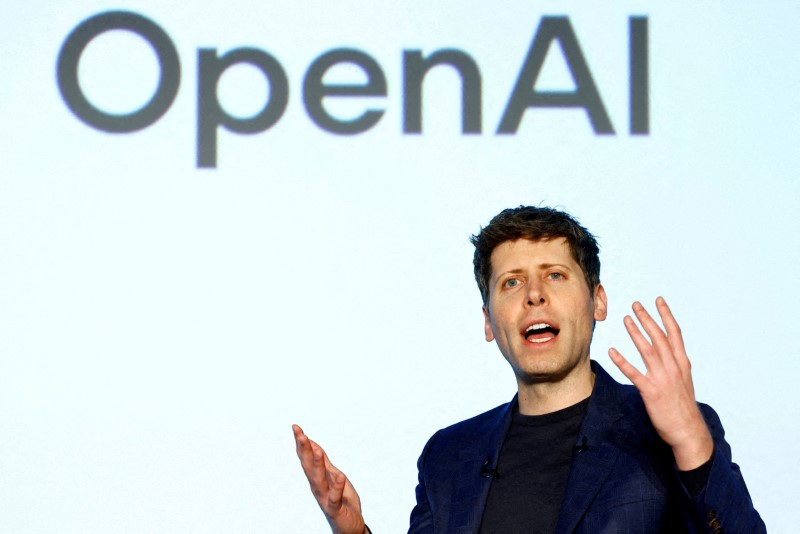

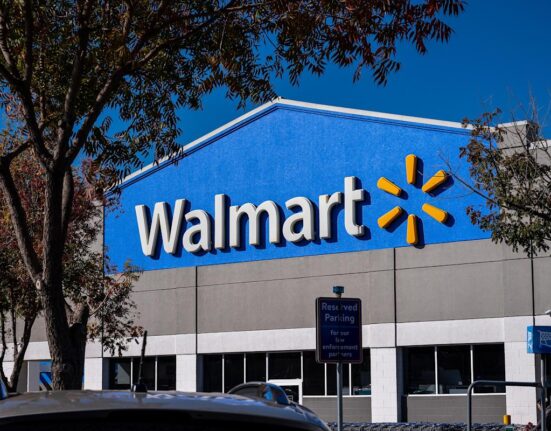

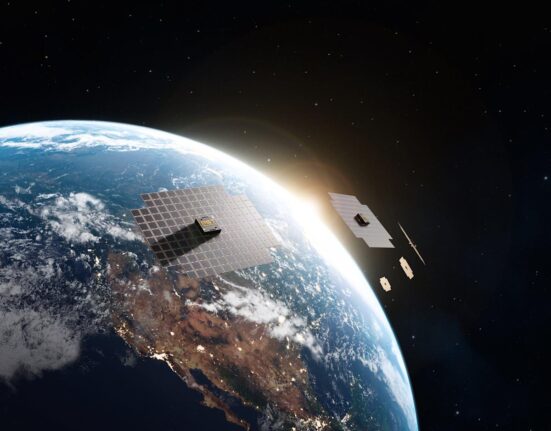

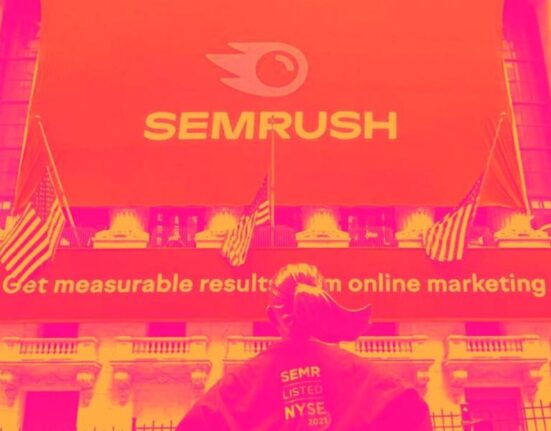

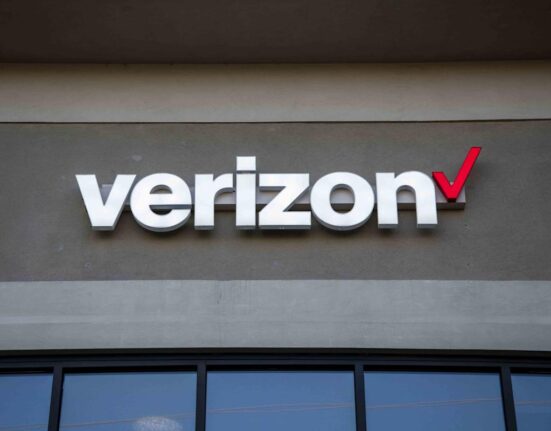

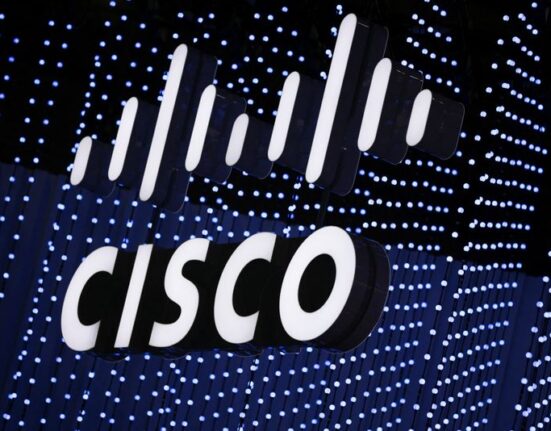
Leave feedback about this